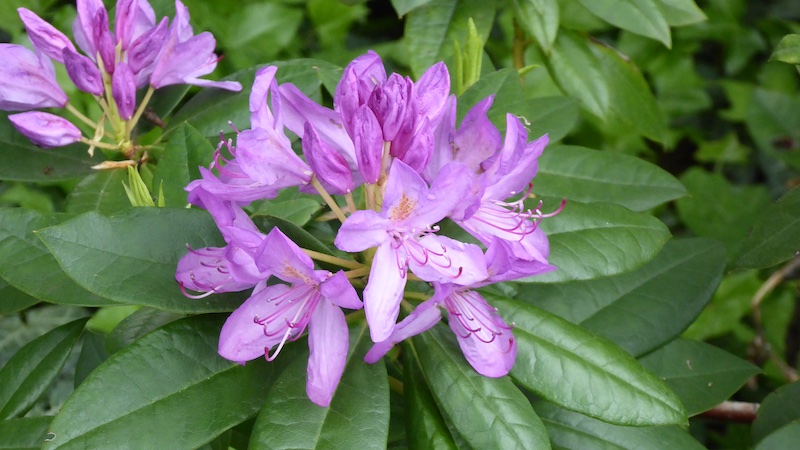A brief overview of acute poisoning in sheep
Acute poisoning in sheep can occur following ingestion of toxic plants, including plants that they may eat normally such as ivy (Hedera spp.) and plants they avoid unless other forage is unavailable. Poisoning with plants containing grayanotoxins (Pieris and Rhododendron spp.) is very common in sheep, particularly when the weather is poor and they are hungry. Oak (Quercus spp.) poisoning is also relatively common in sheep, particular in years with a heavy acorn crop. Numerous plants contain cardiac glycosides and are a potential risk to sheep. Sudden death is frequently the first signs of plant toxicosis in livestock. Bites from adders (Vipera berus berus) may also occur in sheep but are likely to be underreported as the actual biting event is not witnessed. Envenomation may result in swelling and haematological, renal, hepatic and cardiac effects. Overdosage of drugs with a narrow therapeutic index may also be a risk. One such example is closantel which can result in blindness. Management of acute poisoning in sheep is supportive including removal from exposure, and providing analgesia, rehydration and potentially a rumenotomy for plant exposure in valuable animals.
Nicola Bates -
